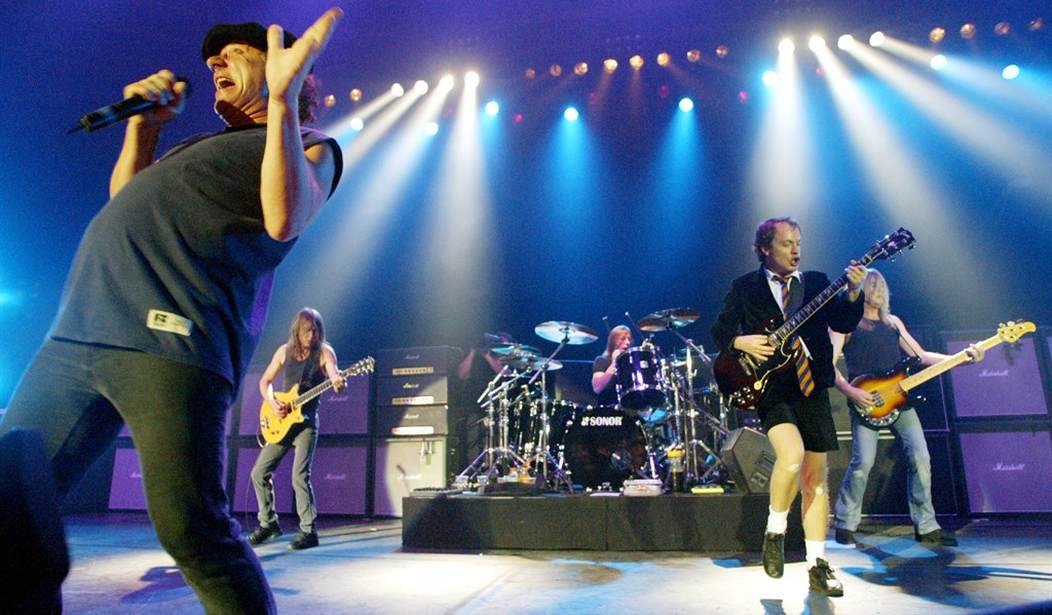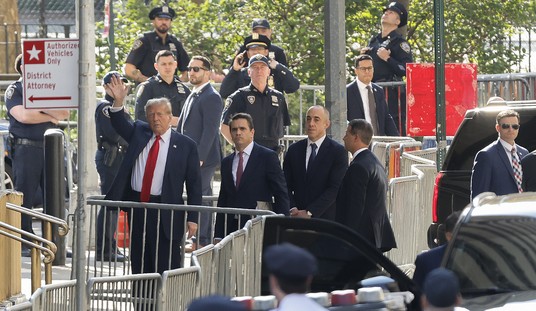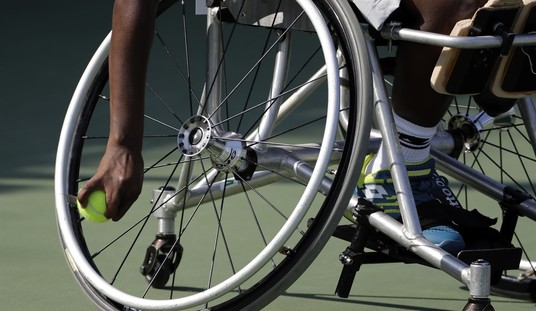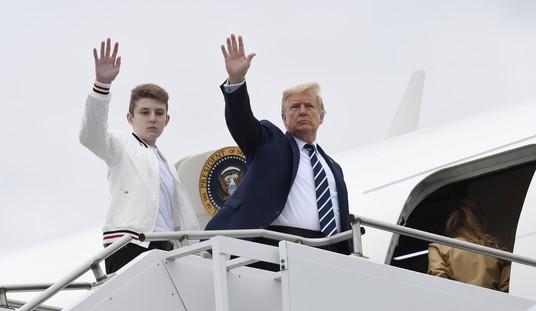Concert halls, arenas, and amphitheaters stand like ancient monuments to lost civilizations. Tours are on indefinite hold while fans in COVID holding patterns listen to echoes of past glories on devices. Rock stars, who in the age of Spotify and mostly free internet music earn the lion’s share of their incomes from touring, are ensconced in whatever dwellings their careers have enabled them to own, unable to take shows on the road.
The Rock and Roll Hall of Fame’s live induction ceremony was postponed in March, and the Hall announced in July that it will be presented instead as a live HBO broadcast—with no live audience–on November 7th.
Has it ever been thus?
A search of “music during the 1918 Spanish Flu pandemic” yields “How Musicians Survived the 1918 Pandemic.” Things have changed too much since then to provide much in the way of comparison. Phonograph technology was available and disc sales did increase during the pandemic years. Going out to hear live music involved risk; despite the horrific 1918-1919 death toll, many people did.
From Mia Mislang’s piece at the Medium site:
Public health officials concluded that the virus [was] airborne so preventing contact was immediately sought at all costs. They believed that good ventilation and fresh air were “the best of all general measures for prevention” and took up quarantine protocols that were used to control the contamination during the Bubonic Plague. In the United States, the Committee of the American Public Health Association (APHA) held that “any type of gathering of people, with the mixing of bodies and sharing of breath in crowded rooms, was dangerous. Nonessential meetings were to be prohibited.” In Britain, music hall performances were still permitted but with a limit of three consecutive hours and a 30-minute intermission with fresh air between shows.
Knowing what we know now about microbiological contagion, such a measure sounds ludicrous. Mislang offers conjecture about why people were willing to risk exposure in pursuit of musical entertainment:
There were also a number of London and New York theater productions throughout 1918, which leads me to question the strictness, and thereby effectiveness, of public health safeguards at the time, at least in those two cities. A less rigid cordon sanitaire, as our experience today is teaching us, worsens the death toll. It is worth noting, however, that people at the time were reeling from the one-two punch of World War I and the influenza pandemic. Did artists and their fans flock to the theaters anyway despite the medical risk, just to escape? They did need a respite. It seems plausible at a time when going to the theater to watch a show instead of on TV or through an iPad was their only source of entertainment.
During the 2020 pandemic, setting aside for the moment realities about how it is being capitalized on politically by the Democrat Left, there will be no big-league performances. So, the reliving of past glories goes on. Remember when? What moments in rock or pop performance history most pluck at the heartstrings, or get the adrenaline flowing?
While humankind waits out the pandemic restrictions, submitted for your approval are five illustrative (and admittedly subjective) examples of yet another thing the Wuhan Virus has taken from us.
Don’t Bury Rock Just Yet: The Legacy Will Survive the Legends
“Stairway to Heaven” by Heart Sisters
It is the classic rock song we’ve heard enough times to last a lifetime. But watching Seattle’s Heart sisters perform this gem at the 2012 Kennedy Center Honors in front of the great talents who created it, is worth another listen. Robert Plant goes verklempt and Jimmy Page obviously approves of lead guitarist Shane Fontyane’s scorching tribute. Watching original drummer John Bonham’s son Jason memorialize his father’s timeless track is the stuff of eternal truths about legacy.
Even President Obama, though one guesses the Choom-Gang banged to a different drummer, seems duly impressed. Zeppelin was the recipient of the honor.
“Boulevard of Broken Dreams” by Green Day
Like them or lump them, there’s no denying that Green Day’s message of rugged individualism and perseverance became an anthem for the post-Gen-X generation. Xers and Boomers like it too. In the time of COVID, lyrics about walking alone, isolation, and waiting for the light at the end resonate anew.
Frank Sinatra had “My Way,” Bob Dylan had “Like a Rolling Stone,” and The Rolling Stones had “Jumpin’ Jack Flash.”
Green Day will always have “Boulevard.”
You Can’t Always Get (the Song) You Want
“Rock or Bust”/ “Highway to Hell” by AC-DC
Beatle John Lennon, in a 1963 performance at London’s Prince of Wales Theatre for the Royal Variety Performance, with the Queen Mother and Princess Margaret gazing fondly from the royal box, famously told the rapt audience, “For our last number, I’d like to ask your help. Will the people in the cheaper seats clap your hands? And for the rest of you, if you’ll just rattle your jewelry…”
The jewelry commenced rattling when Australian hard-rockers AC-DC took the stage at the 2015 Grammy Awards. None other than Paul McCartney himself—along with numerous other pop luminaries–is in the front row when Angus Young lays down the opening riff for “Rock or Bust.” For “Highway,” the band’s “My Way,” the whole house, even those not typically associated with heavy rock, are digging the vibe.
When Young steps out with his lead breaks, you can hear the real fans roaring from the cheap seats.
“Bad Reputation” by Joan Jett
Joan Jett showed up for her 2015 induction into the Hall of Fame with a stirring rendition of her signature tune.
“Hello, Cleveland” is a phrase immemorially associated with the demands of exhaustive touring in support of rock album releases. Jett doesn’t neglect to reference the often-called “Rock and Roll Capital of the World” while spitting out the jackhammer lyrics.
Whatever your beefs with the Hall of Fame, and for many rock fans they are legion, they got this one right.
I Was There the Day They Claim the ‘Hippie Dream’ Died at Altamont
“Kashmir” by Led Zeppelin
For our fifth and final journey into the MIA art of live performance, we return to Plant, Page, John Paul Jones, and Bonhams past and present. The following clip, from the 2012 film Celebration Day, is the closest thing to a full Zep reunion we’ll ever see, and the last time we’ll see anything like it.
“Kashmir” is a stunning achievement for a rock group whose catalog is replete with unforgettable classics.
Watch till the end, to see Jason bang the gong.
Now, living in the barren wake of the coronavirus pandemic, leaving aside for the moment its causes, effects, and uses as a partisan political tool, we read into the lyrics the evocation of a dark moment in human history.
“All I see turns to brown
As the sun burns the ground
And my eyes fill with sand
As I scan this wasted land
Try to find, try to find what I feel”
Mark Ellis is the author of A Death on the Horizon, a finalist in the 14th annual National Indie Excellence Awards in the category of General Fiction. Follow Mark on Twitter.








Join the conversation as a VIP Member